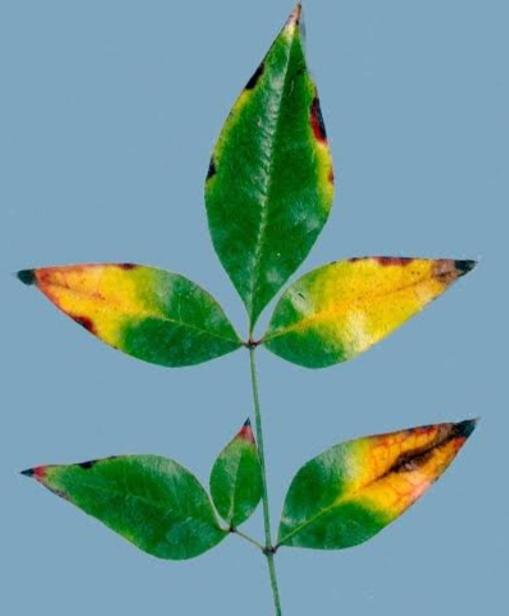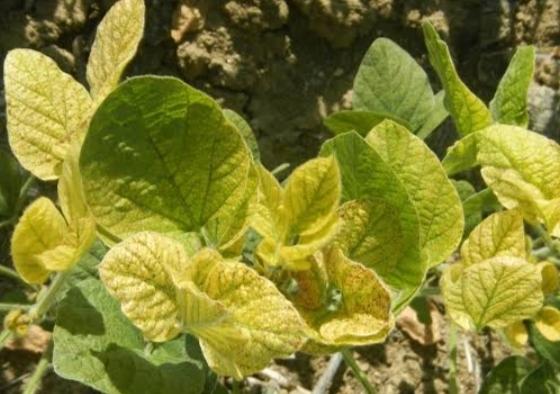Mini Nandivardhana Plant
Mini Nandivardhana, possibly referring to a specific plant variety, may have varying care requirements. Generally, provide well-draining soil, appropriate sunlight, and regular watering. Pruning and fertilizing practices may vary based on the specific characteristics of this plant.
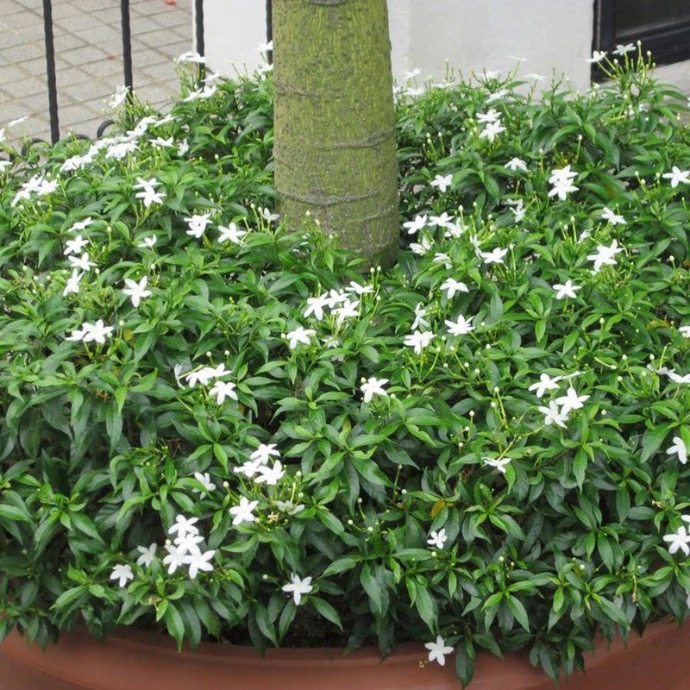
Habit
Shrub
Height
1.5 to 2.0 m
Growth
Moderate
Soil
Well-drained, Sandy Loam
Shade
Full Sun to partial shade
Moisture
Moist
Edible
No
Medicinal
No
Origin
India
Climatic Condition
Tropical, Subtropical
Temperature (°)
20°C to 30°C
Humidity (%)
60% to 75%
Potting media
50% Loam, 40% Sand, 10% Organic Matter
Fertilizers
Organic Fertilizer
Watering
Regular watering
Plant Weight
2 to 4 kg
Flowering Time
Winter to Spring
Soil Ph level
5.5 to 6.5
Water Ph level
6.0 to 7.0
Soil EC
0.5 to 1.0 mS/cm
Yield Per Plant
5 to 10 kg per plant
NPK ratio
10:10:10
life Span
10 to 15 years
Health Benefits
High in Vitamin C, Immune Boost
Suggested Grow Media or Potting Mix ?
50% loamy soil, 30% compost, 20% sand
Suggested Fertigation/Fertilizers
Fertilize every 4 weeks with a balanced fertilizer.
Common Diseases and Remedies
Leaf spot , Iron chlorosis
Foliage become light green and finally turns yellow. Small circular spots develop on the foliage .
sanitation will help to reduce infection .
HEALTH BENEFITS
- Used in Ayurvedic medicine for eye health.
- Contains alkaloids with pain-relieving properties.
- May help in reducing stress and anxiety.
What Is An Mini Nandivardhana?
The MINI NANDIVARDHANA factory is a small scale manufacturing facility specializing in manufacturing a variety of products. It is probably named after Nadivardhana, a place in India known for its historical importance. These systems are designed to be compact and efficient, making them suitable for small production companies. Depending on the industry, Nadivardhana's mini factories can produce products ranging from food to machine parts
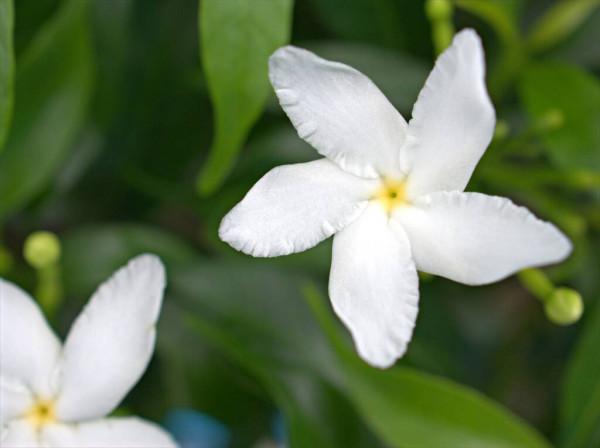
What Are The Different Types Of Mini Nandivardhana?
1. Nadivardhana Compacta
This variety has a compact habit and small leaves compared to the standard Nadivardhana plant.
2. Nandivardhana Minima
This species is even smaller than the Compacta variety, with small leaves and a compact, bushy habit.
3. Nadivardhana Golden
With its golden leaves, this variety adds color to indoor and outdoor areas.
4. Nandivardhana Variegata
With colorful leaves in contrasting colors, this variety gives a visual highlight to gardens and indoor areas.
5. Nadivardana Dwarf
As the name suggests, this variety is still small, making it suitable for small gardens and potted plants.

How To Care For Mini Nandivardhana?
1. Location
The ideal location for the Mini Nandivardhana plant is indoors with bright, indirect sunlight. Place it near a sunny window, but avoid direct sunlight as it may burn the leaves. Try to keep the room temperature between 18-27°C (65-80°F) and high humidity if possible. Avoid placing plants near drafts or heaters, as this can stress the plants.
2. Sunlight
Mini Nandivardhana plants prefer bright indirect sunlight. It grows in a place that receives enough light without being directly exposed to strong sunlight. Ideally, place it near a sunny window or in a bright room with plenty of natural light. Avoid direct sunlight as this can cause leaf burn and scorch.
3. Soil
For Mini Nandivardhana plants, it is important to use well-drained potting soil. A mixture of peat moss, perlite, coarse sand or orchid bark works well. This type of soil allows for proper drainage and prevents water from pooling around the roots and causing rot. Additionally, you can also add a small amount of compost or organic material to nourish your plants. These plants prefer slightly acidic conditions, so make sure your soil is slightly acidic to neutral, with a pH of 6.0 to 7.0. Avoid heavy soils or soils that retain too much moisture, as this can cause root rot and other problems.
4. Hydration
Water thoroughly when the top inch of soil feels dry. Make sure the pot has drainage holes to avoid water clogging. Water the base of the plant to keep the leaves from getting wet. Keep humidity high by spraying the leaves or using a humidifier
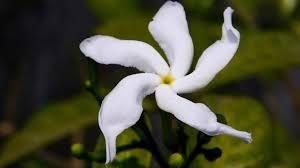
5. Nourishment
Fertilize every 2 to 4 weeks with a balanced water-soluble fertilizer during the growing season (spring and summer). Fertilize the moist soil to prevent root scorch. Make sure your plants get plenty of sunlight and water. Because they are essential for proper nutrient absorption and utilization. If deficiencies are identified, consider supplementing with micronutrients such as iron and magnesium according to usage recommendations
6. Issues
Inadequate watering can cause the plant to wilt, the leaves to turn brown, and to dry out. Check the soil regularly and water as needed. Nadivardhana plants prefer high humidity. Dry air may cause the edges of the leaves to turn brown. Increase humidity by misting the leaves or using a humidifier. Common pests that can affect Nandivardhana plants include spider mites, mealybugs, and aphids. Inspect plants regularly for signs of pests and treat infestations immediately with insecticidal soap or neem oil. Yellowing leaves or poor growth may indicate a nutritional deficiency. Fertilize regularly with a balanced fertilizer to provide important nutrients to your plants.
What Are The Benefits Of Mini Nandivardhana
Compact size: Small size makes it suitable for small gardens, balconies or indoor spaces where larger plants cannot fit. Low-maintenance: Requires minimal care and attention compared to larger varieties, making it perfect for busy people and gardening beginners. Attractive Leaves: This plant often has lush green leaves that add beauty to its surroundings. Air Purification: Like other plants, they help purify the air by absorbing carbon dioxide and releasing oxygen. Decorative value: Its unique appearance makes it useful as a decorative element in gardens, patios or indoors. Easy to propagate: Easily propagated by stem cuttings, allowing gardeners to expand their collection or share with others

FAQ'S About Growing Mini Nandivardhana
1. Does the Mini Nandivardhana plant require specific soil conditions?
Yes, the Mini Nandivardhana prefers well-drained soil that is rich in organic matter. A mixture of garden soil, compost, and sand works well. It is important to avoid water standing in the soil as this can cause root rot. Additionally, maintaining a slightly acidic to neutral pH (approximately 6.0 to 7.0) is ideal for plant health and growth.
2. What type of sunlight does Mini Nadivardhana prefer?
Mini Nadivardhana plants usually prefer bright indirect sunlight. It grows in partial shade or in filtered sunlight. Avoid exposing the plant to direct sunlight for long periods of time, especially during hot weather, as this may cause leaf burn. Indoors, it's ideal to place the plant near a window that receives indirect sunlight.
3. What is the expected lifespan of a Mini Nandivardhana plant?
The expected lifespan of a Mini Nandivardhana plant may vary depending on factors such as maintenance, usage, and environmental conditions. Generally, with proper care and regular maintenance, these plants have a lifespan of several years, usually from 5 to 10 years, or even longer. Regular inspection, maintenance, and following recommended operating procedures will extend the life of your Mini Ndivardhana system.
4. What is the production capacity of Nandivardhana mini factory?
Mini Ndivardhana plant production capacity may vary depending on factors such as specific model, process efficiency, and operating parameters. Generally, mini-plants are designed for small-scale production compared to large-scale industrial plants. To obtain accurate information regarding the production capacity of a particular Mini Ndivardhana plant, it is best to check the manufacturer's specifications or contact your sales representative.
5. What types of materials and resources can be processed in a Nadivardhana mini-plant?
Organic waste: This includes food waste generated in households, restaurants, farms, and food processing plants. This includes agricultural waste, agricultural residue, garden waste, and other organic materials. Biomass: Different types of biomass such as crop residues, wood chips, sawdust and energy crops can be processed in the Nadivardhana mini-plant to produce energy, biofuels or value-added products
